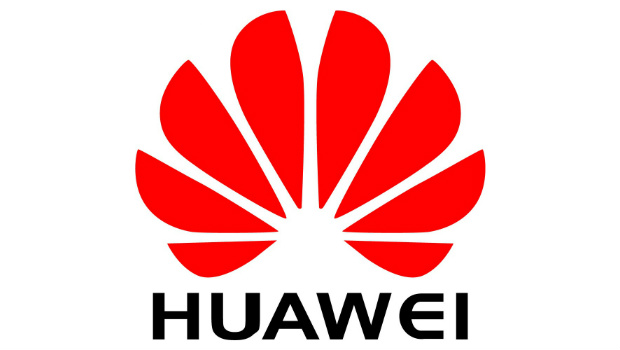
Everything you need to know about HarmonyOS
Huawei has announced its own proprietary operating system called HarmonyOS at their latest developers conference in Dongguan.
What is Harmony OS?
Although the possibility of Huawei seriously losing its access to the Android ecosystem has only relatively-recently become a hot issue in the wider consumer space, the Chinese technology company has been quietly preparing for this for several years through development of its own operating system.
Freshly unveiled at this year’s Huawei Developer Conference, HarmonyOS is not only just the answer to what Huawei will do if they are eventually kicked out of Google’s ecosystem but also the blueprint for its ambitions beyond the smartphone category.
Somewhat similar to Google’s Fuchsia, HarmonyOS is a microkernel-based, distributed operating system that is designed to provide a seamless experience across not just smartphone but also things like smartwatches, smart screens, in-vehicle systems and smart speakers.
According to Huawei consumer CEO Richard Yu, “We’re entering a day and age where people expect a holistic intelligent experience across all devices and scenarios. To support this, we felt it was important to have an operating system with improved cross-platform capabilities. We needed an OS that supports all scenarios, that can be used across a broad range of devices and platforms, and that can meet consumer demand for low latency and strong security.”
How secure will HarmonyOS be?
No surprises here but Huawei have publicly said that that HarmonyOS will be both “secure and trustworthy”.
They say that “HarmonyOS’s microkernel design uses formal verification methods to reshape security and trustworthiness from the ground up in a Trusted Execution Environment (TEE)”.
“HarmonyOS is the first OS to use formal verification in device TEE, significantly improving security. In addition, because the HarmonyOS microkernel has much less code, the probability of attack is greatly reduced.”
Of course, it is difficult to realistically talk about the security of an operating system that is not yet widely available. Whether or not Huawei can live up to their promises here is something that only time and scrutiny will ultimately determine.
What will HarmonyOS look like?
This is not known yet. Huawei have yet to release any sort of official screenshots that give us a sense of what the user interface offered by HarmonyOS will look like. Still, something broadly similar to their current EMUI Android skin could be expected.
Who is developing apps for HarmonyOS?
It is early days for HarmonyOS so it is not quite clear how widely adopted the platform will be among software developers. However, to make things a little bit easier, one of the advantages that Huawei are pitching for their operating system is the ability to more efficiently build apps that run on multiple devices thanks to a multi-device IDE.
Huawei also say that “to encourage broader adoption” they will be looking to release HarmonyOS as an open-source platform and cultivate the kind of open-source community that allows them to support more in-depth collaboration with developers.
Will the Mate 30 run on HarmonyOS?
Almost certainly not. Huawei said it plans to stick with Android for as long as it is able to. So unless there is some radical deterioration of the understanding that Huawei and the US Trade Department seem to have reached around their temporary exemption from the trade blacklisting that occurred earlier this year, the Huawei Mate 30 and Mate 30 Pro will launch running on the latest version of Android Q and EMUI.
As originally reported by Forbes, Huawei CEO Richard Yu insists the company is “still prioritising Google and its Android system to be used in our phones”.
During a private meeting at this year’s Huawei Developer Conference, Yu reportedly said that “if we cannot use Android, Harmony OS can be ready within one or two days”.
Basically, HarmonyOS is the company’s plan B – though whether or not they would look to migrate older handsets over from Android to HarmonyOS or only focus on future products remains an unknown.
When will HarmonyOS arrive?
Huawei says that HarmonyOS 1.0 will be seen later this year in the company’s new smart screen products, such as their new Honor Vision TV. It is currently unclear whether this product will come to Australia.
Then, over the next three years, it claims that “HarmonyOS will be optimised and gradually adopted” across a broader range of devices such as wearables and automobile tech.
IDG News Service








Subscribers 0
Fans 0
Followers 0
Followers